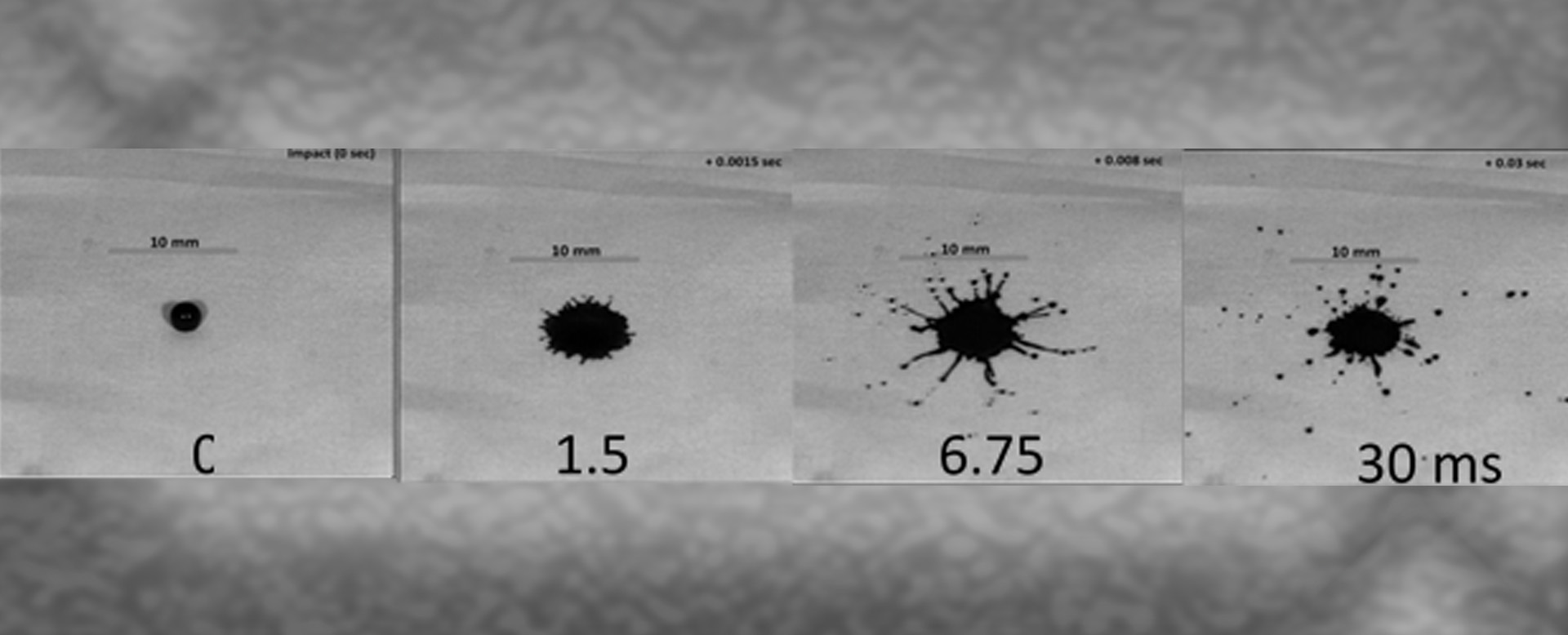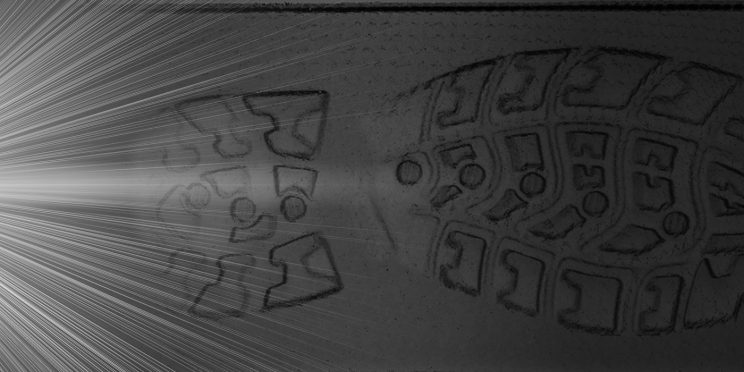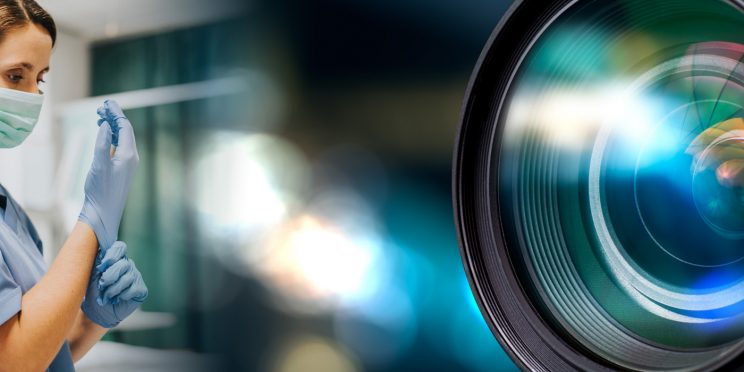This webinar originally occurred on September 12, 2018
Duration: 1 hour
Overview
This webinar will explore the interaction of blood with the multiple structures that occur within a simple textile and how these structures affect small bloodstains. One of the most common materials collected from violent scenes and examined by forensic scientists are textiles. Often they are bloodied, and, if the stain is a large saturation stain, the pattern can often provide evidence about what happened and how. However, for small bloodstains, there is no reliable means to interpret which events could have led to creating these stains on textiles, such as clothing, upholstery, bed linens, curtains, and so forth. If a similar event deposits blood onto non-porous materials, the bloodstain pattern analyst can often ascertain what type of event(s) is(are) consistent with the bloodstain pattern.
In this webinar, we will explore each of these factors and show how they affect the resulting stains. We will examine real bloodstains on textiles and the time evolution of their development. The participant will come away with a greater appreciation for the complexities of bloodstain development on textiles. Finally, they will learn new ways to look at textiles at a scene or during laboratory examination for additional clues about the case.
Presenter
- Dr. Stephen Michielsen | Professor in the College of Textiles at North Carolina State University
Funding for this Forensic Technology Center of Excellence webinar has been provided by the National Institute of Justice, Office of Justice Programs, U.S. Department of Justice.
The opinions, findings, and conclusions or recommendations expressed in this webinar are those of the presenter(s) and do not necessarily reflect those of the U.S. Department of Justice.
Contact us at ForensicCOE@rti.org with any questions and subscribe to our newsletter for notifications.




